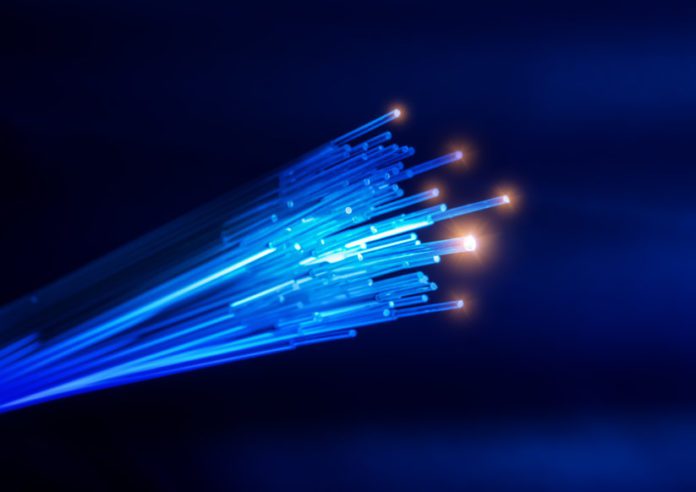Lumenisity makes hollow core fiber for data centers and ISPs
Microsoft has acquired U.K.-based Lumenisity, a start-up that makes hollow core fiber (HCF) solutions, primarily for data centers and internet service providers (ISPs). Microsoft has said that the acquisition of Lumenisity’s technology will better help it support a variety of verticals including healthcare, financial services, manufacturing, retail and government by delivering improved security and intrusion detection and facilitating fast, secure transactions across broad geographies.
Lumenisity was spun out from the Optoelectronics Research Centre (ORC) at the University of Southampton in 2017 and since then, has focused on reducing HCF’s loss per kilometer— because while HCF technology has been around for about two decades, it has long struggled with performance and reliability issues. Lumenisity, though, has successfully reduce HCF’s loss per kilometer to around 1 decibel, and believes that further reduction is possible.
What really makes HCF in interesting choice, however, is its honeycomb-like design. This design consists of an air-filled center channel that is surrounded by a ring of glass tubes, which keeps light out of the glass, minimizing nonlinear effects and chromatic dispersion that can distort signals. As a result, HCF makes it possible to launch more wavelengths into a single fiber without different light frequencies interfering with each other, a phenomenon known as interwave mixing. For operators, this means the ability to launch more channels for higher capacity.
In addition to the verticals listed above, Microsoft sees potential for HCF in the public sector space: “HCF could provide enhanced security and intrusion detection for federal and local governments across the globe,” the company said.
Last year, BT trialed a 10-kilometer-long hollow core fiber cable provided by Lumenisity at its labs in Adastral Park, Ipswich. “The reduction in the delay of the light provided by hollow core fibre would enable a variety of benefits, from high-frequency trading to lowering mobile network costs,” Lumenisity said at the time. “Working with Mavenir, BT has shown that using hollow core fibre can increase the distance between street antennas and the back-end processing in exchanges. Due to the low latencies, use of hollow core in the Radio Access Network (RAN) could potentially reduce mobile network costs by allowing more 5G antennas to be served from one exchange or cabinet.”
The fiber company called the Microsoft acquisition “the end of the beginning,” saying it is “excited to start [its] new chapter as part of Microsoft to fulfill this technology’s full potential.”
Earlier this month, Lumenisity completed its dedicated, 40,000 square foot HCF manufacturing facility in Romsey, U.K.

